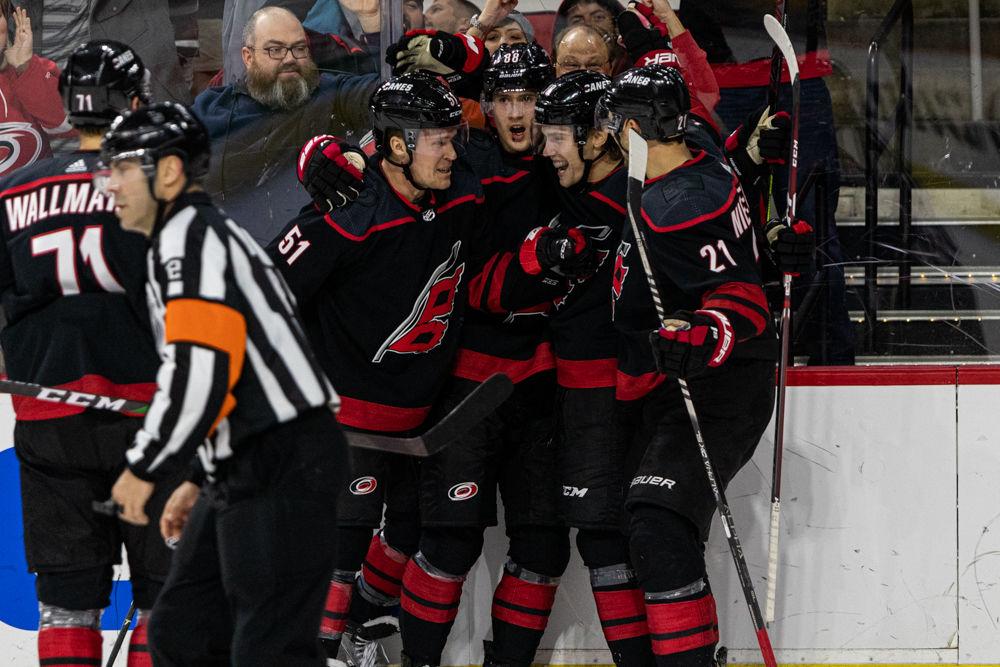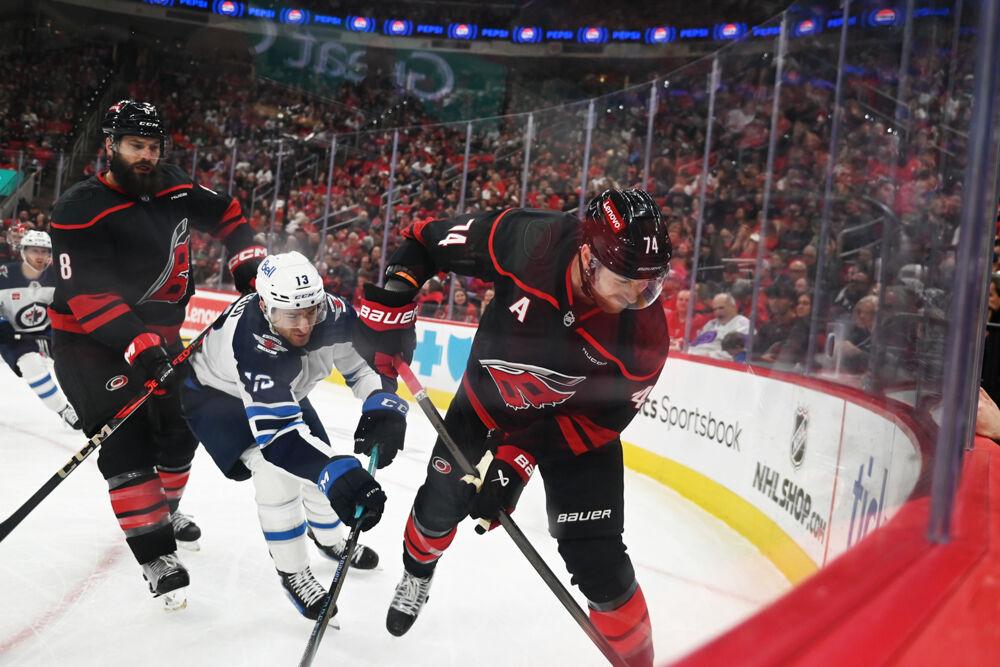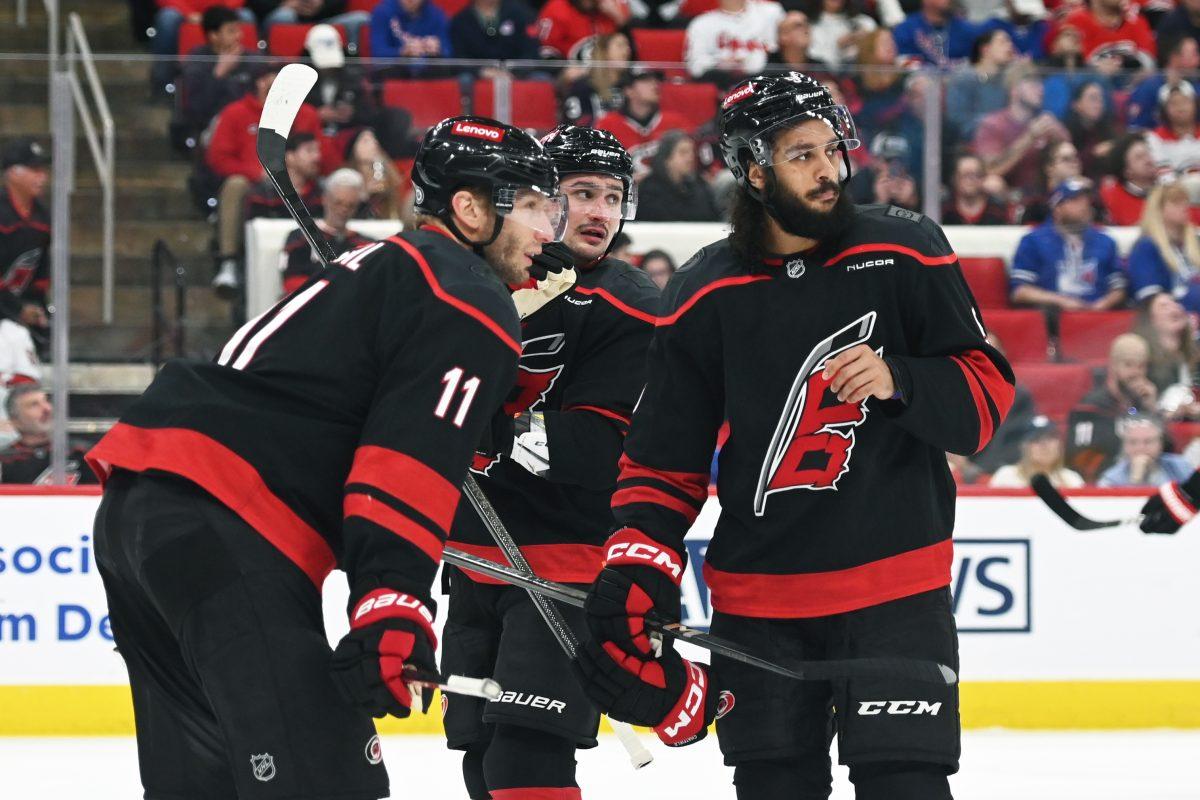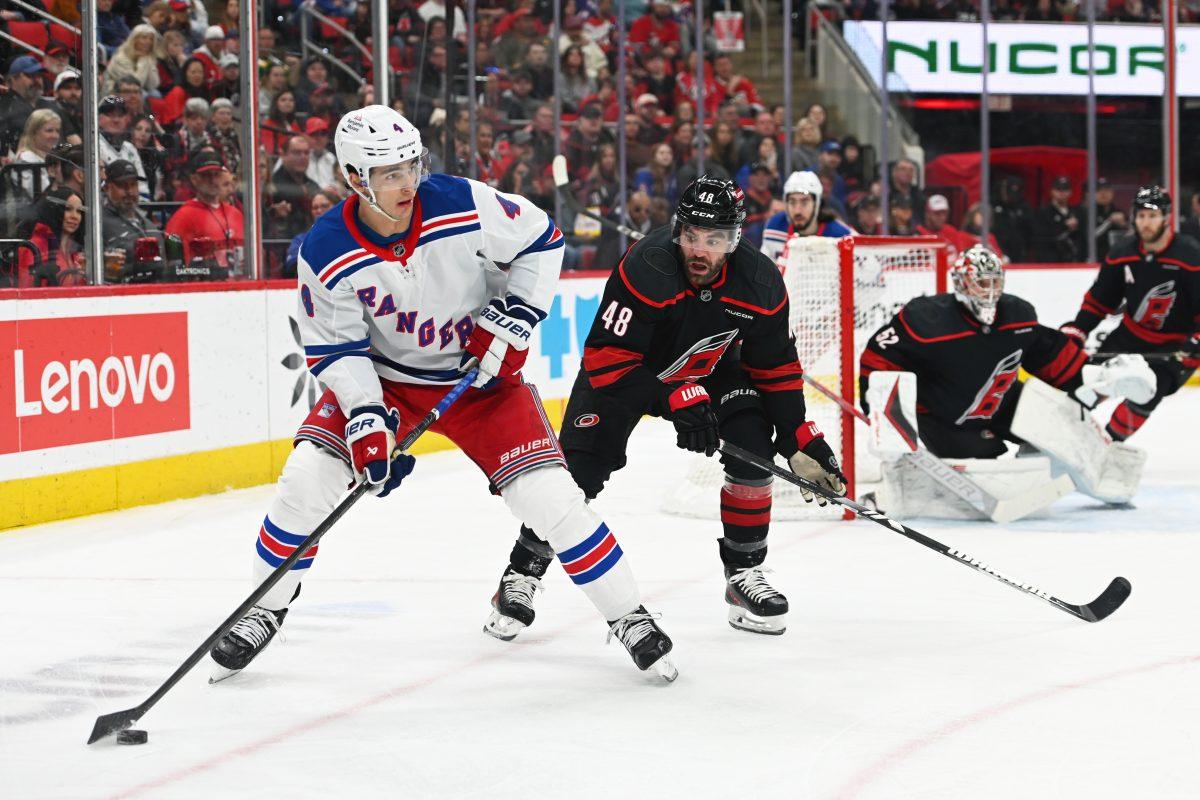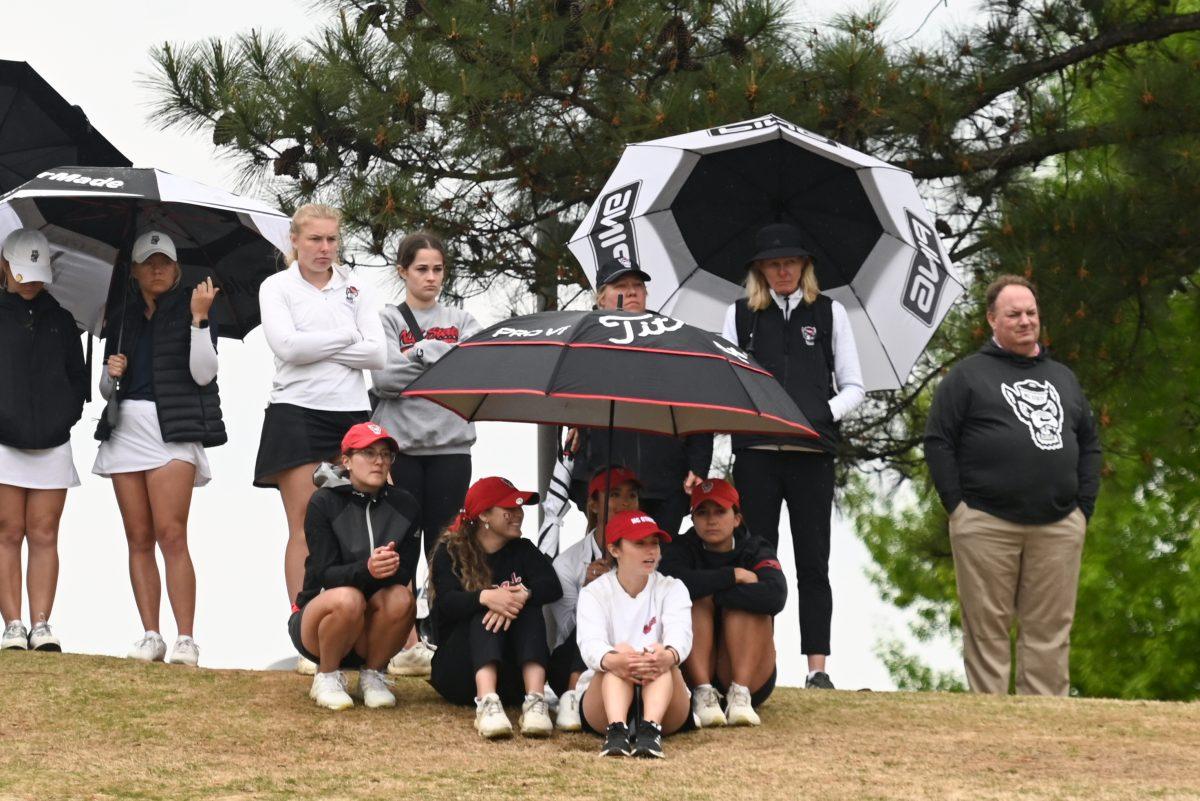It’s no secret that before the Hurricanes snapped their nine-year playoff drought, there was an obvious lack of fans both in the building and in the general North Carolina population.
If you asked anyone on the street if they were a Carolina Hurricanes fan, the likely response would be “sure.” If you asked them to name a player you would’ve more than likely ended up with an answer like Eric Staal, Cam Ward or Jeff Skinner — all big names that had been with the club for a long time, but all names that are, in a sense, long gone.
In many ways, the 2018-19 season ushered in a new era for the team. Longtime team owner Peter Karmanos Jr. sold off the majority share of the team to new owner Tom Dundon, and with that change came the resignation of former coach Bill Peters and the move of Ron Francis out of the general manager position.
So the 2018-19 season began with a new owner, general manager and coach. It also was marked with the designation of a new captain, Justin Williams.
The 2018-19 season marked a new chapter, and the team made sure to show up and represent it, eventually making its first playoff appearance in nearly a decade. It was also helped along with a few rallying cries, such as the “storm surge,” “bunch of jerks” and “take warning.”
Not that the storm surge and all the great branding the marketing team has done hasn’t made a difference, because it has, but the real underlying cause of the revival is the exciting brand of hockey the Hurricanes are playing and winning with.
Rallying cries help to unify fans and create an all-in atmosphere, but the product on the ice gets butts into seats.
In the 2018-19 season, the Canes went 46-29-7, good for 99 points and the first wild-card spot in the playoffs. It was the team’s first time cracking 90 points since 2010-11 (91) and best record since the team’s Stanley Cup run in 2005-06 (112).
The team this year is in all regards bigger, better and pushed to the salary cap, all signs of a team prepared to go deep.
According to Dom Luszczyszyn of the Athletic, the Hurricanes are only predicted to reach 99 points again, which is still playoff eligible, but the team has a lot more skill and experience this year.
Maybe that’s why the attendance figures this year have been so strong. According to ESPN, the Hurricanes are averaging an attendance of 16,512 through its first 20 home games, including six sellout crowds. For reference, the Canes had only sold out a regular-season game five times in the last four seasons.
Hockey mania can take hits anywhere if the product on the ice is subpar. What can be considered American hockey staples like Chicago, Pittsburgh and Washington all saw horrendous numbers and threats of relocation before the teams found greater success on the ice.
In 2007, the Pittsburgh Penguins, even with Sidney Crosby, Marc-Andre Fleury and Evgeni Malkin, albeit not yet at the elite levels they each would reach, couldn’t draw crowds, and the city was under threat of losing its historic franchise. There were tentative deals to move the team if a new arena deal couldn’t be struck, but in the end, Pens great and team owner Mario Lemieux decided to keep the team in Pittsburgh, and three cups later, the team isn’t going anywhere.
The Chicago Blackhawks, the NHL’s attendance leaders for the past 11 seasons straight, at one point in time were facing almost a worse attendance crisis than the Canes. A combination of poor product and awful ownership had seen the attendance drop to an average of 12,727 in the 2006-07 season.
Helped along by new ownership and the addition of young stars Jonathan Toews and Patrick Kane, the Blackhawks quickly flipped their attendance numbers and cemented them with its run of three cup wins, its first since the ‘60s.
Today, the Hurricanes still see only the 22nd-best attendance in the NHL, but change can’t happen overnight. The Canes were dead last in attendance only three seasons ago, and Carolina isn’t as historic a market.
Change is coming, and it’s due to what happens on the ice during the game, not after, that is helping to rejuvenate this franchise.


